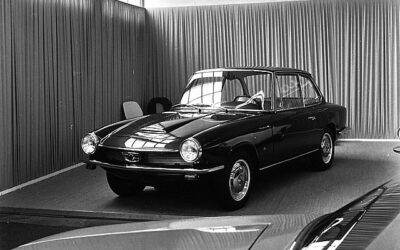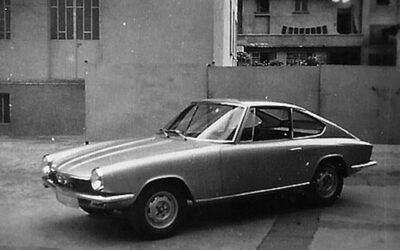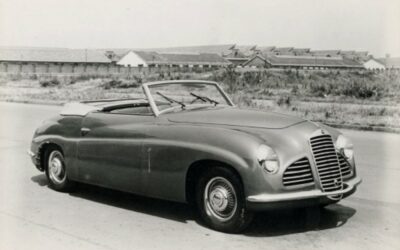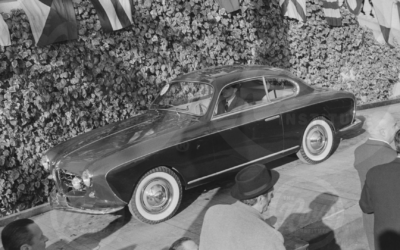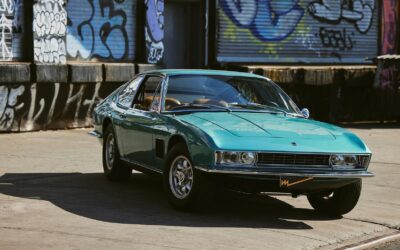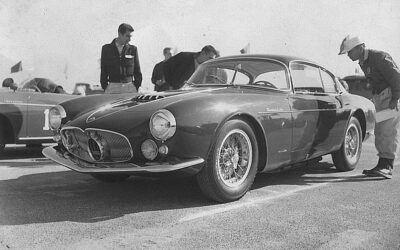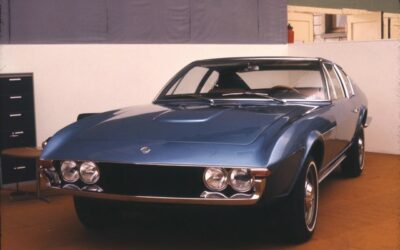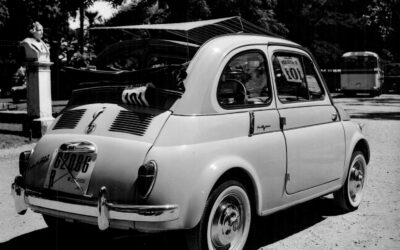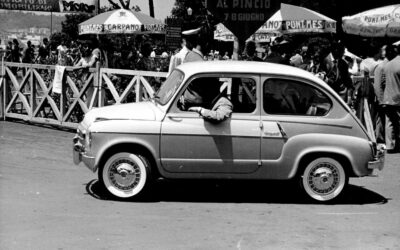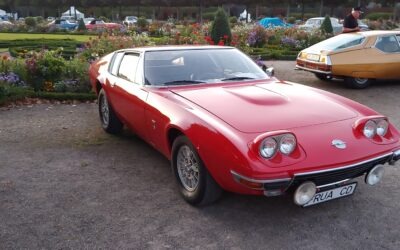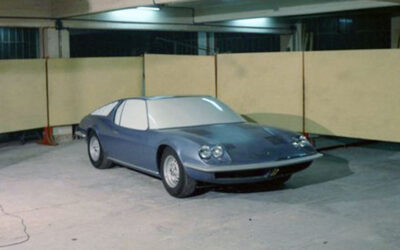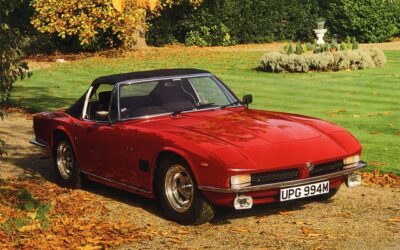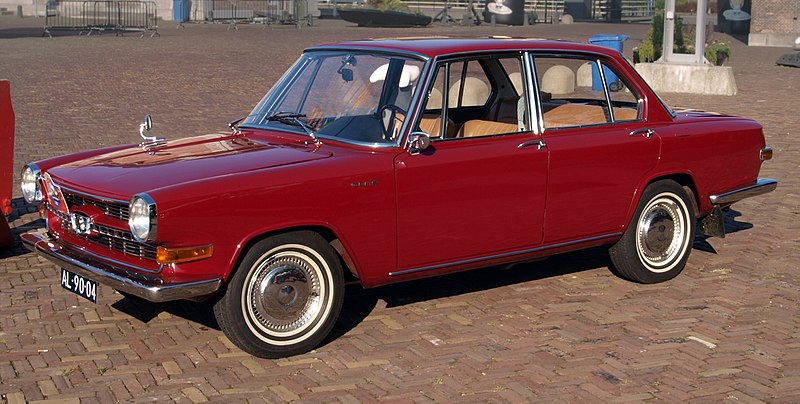
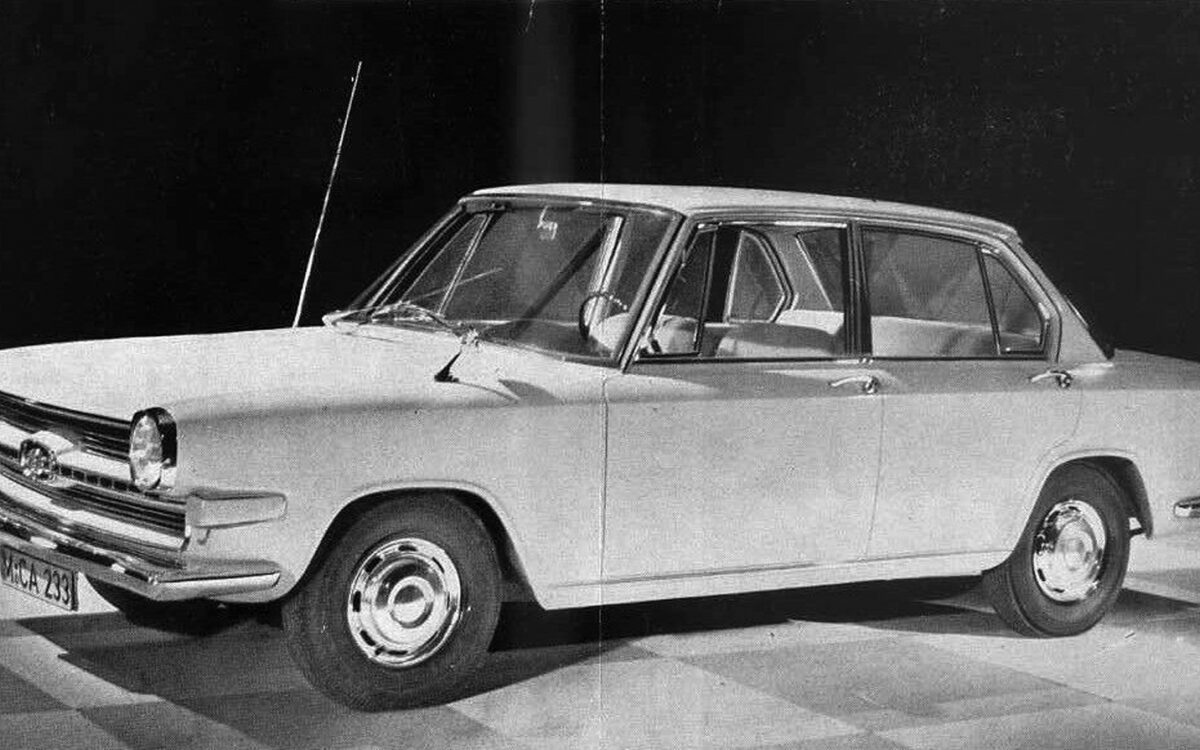


Glas 1700
The Glas 1700 designed by Pietro Frua
Vehicle Overview
The Glas 1700 was a four-door saloon that marked a significant shift for Hans Glas GmbH, transitioning the company from its origins in compact, utilitarian vehicles like the Goggomobil to the more competitive mid-range and high-end segments. Produced in Dingolfing between August 1964 and December 1967, the Glas 1700 showcased the manufacturer’s ambition to rival established brands like BMW. However, limited financial resources ultimately constrained its success, and the model’s production ended following BMW’s acquisition of Glas. The Glas 1700 originated as the Glas 1500 prototype, unveiled in September 1963 at the Frankfurt Motor Show. Its design, attributed to the celebrated Italian stylist Pietro Frua, epitomized the clean, elegant lines of early 1960s automotive styling. The prototype was equipped with a 1.5-liter engine derived from the 1.3-liter unit of the Glas GT sports car, but it was deemed underpowered for a saloon. Consequently, Glas opted for a more robust 1.7-liter engine for the production version. This engine produced 80 horsepower, allowing for a top speed of 150–155 km/h, providing competitive performance for its class. In September 1965, Glas introduced the 1700 TS, a sportier variant with an upgraded engine delivering 100 horsepower. This improvement boosted the car’s top speed to 170 km/h and reduced acceleration times, with 0–100 km/h achieved in 13.5 seconds compared to 16 seconds for the standard model. These enhancements made the 1700 TS an attractive option for buyers seeking a balance between practicality and spirited performance. Despite its technical merits and refined design, the Glas 1700 faced significant challenges. Limited production capacity and financial difficulties hindered Glas’s ability to compete effectively in the marketplace. In 1967, the struggling company was acquired by BMW, which saw little value in continuing production of the 1700, as it competed directly with BMW’s own 1800 model. Production ceased in December 1967, and Glas’s legacy in the automotive world became intertwined with BMW’s expansion. The Glas 1700 remains a noteworthy example of mid-20th-century German automotive innovation, reflecting a period when smaller manufacturers sought to challenge industry giants with bold designs and engineering.
HISTORIC PICTURES

Technical Specifications
-
Body
-
Year1963
-
MakeGlas
-
Model1700 Limousine
-
CoachbuilderFrua
-
Length (mm)4420
-
Width (mm)1610
-
Height (mm)1390
-
Units builtN/A
-
Engine TypeN/A
-
MakeN/A
-
ModelN/A
-
Cylinder CapacityN/A
-
Number Of DoorsN/A
-
Six Month RateN/A
-
Twelve Month RateN/A
-
Date Of First RegistrationN/A
-
Year Of ManufactureN/A
-
CO2 EmissionsN/A
-
Fuel TypeN/A
-
Tax StatusN/A
-
TransmissionN/A
-
ColourN/A
-
Type ApprovalN/A
-
Wheel PlanN/A
-
Revenue WeightN/A
-
Tax DetailsN/A
-
Mot DetailsN/A
-
TaxedN/A
-
motN/A
-
MakeN/A
-
Cylinder CapacityN/A
-
RegistrationN/A
-
Year Of ManufactureN/A
-
CO2 MissionsN/A
-
Fuel TypeN/A
-
Tax StatusN/A
-
ColourN/A
-
Type ApprovalN/A
-
Wheel PlanN/A
-
Revenue WeightN/A
-
DESIGNER
Events
RELATED VEHICLES
More vehicles by Frua
Coachbuilder
Missing or wrong informations?
Carrozzieri-Italiani.com relies on thousend of users who help to populate the database. We do not guarantee the accuracy of the informations. Contact us if you want to contribute.

